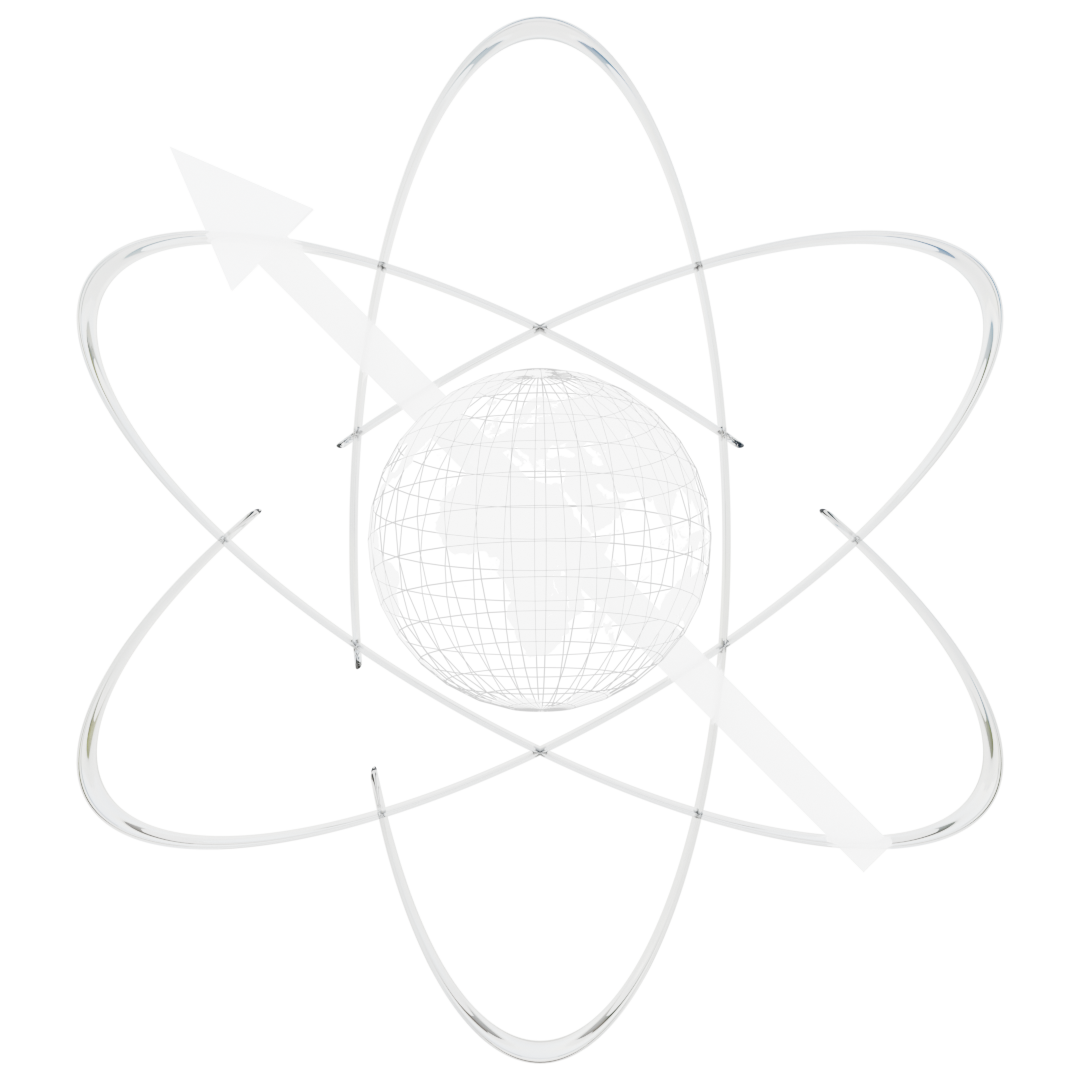David Joseph – @DaJo_1729
In this work we overcome the high-power demands by designing optimal control (OC) pulses with up to 20 times lower power requirements than currently necessary at a 1.2-GHz spectrometer. We show that multidimensional biomolecular NMR experiments constructed using these OC pulses can bestow improvement in the S/N ratio of up to 26%. With the expected power limitations of a 5-mm cryoprobe, we observe an enhancement in the S/N ratio of more than 240% using our OC sequences. This motivates the development of a cryoprobe with a larger volume than the current 3-mm cryoprobes at 1.2 GHz spectrometer.
One response to “Optimal control pulses for the 1.2-GHz (28.2-T) NMR spectrometers”
-
Dear David, Thank you for your presentation!
Could these pulses be adapted for other systems, such as solid-state NMR where the RF requirements are much higher or low-field systems?

Leave a Reply